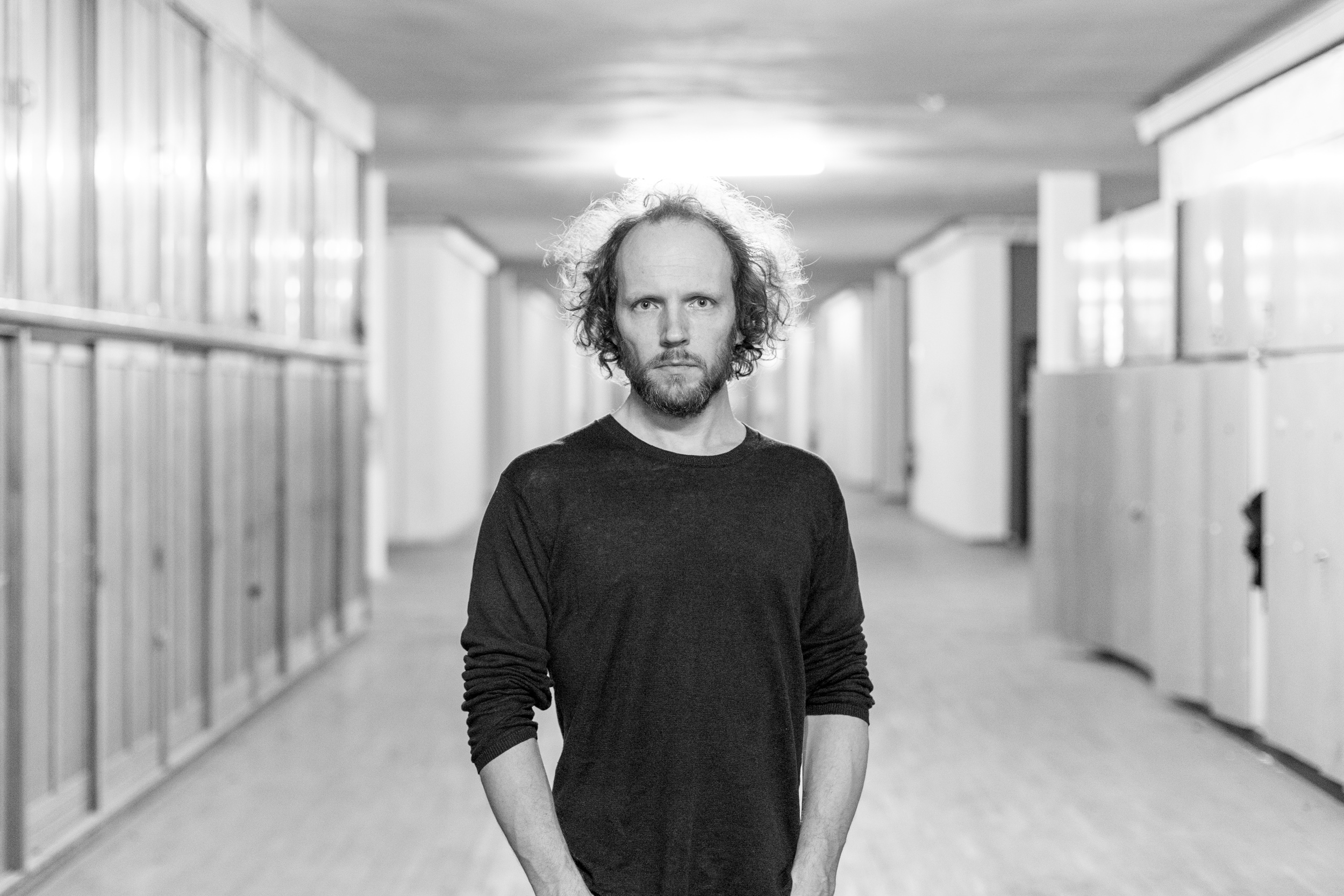founding partners
The journey of spæs lab began when we first met at the international conference Sounding Out the Space in Dublin, where we discovered our shared fascination with the spatial aesthetics in sound. Inspired by the event’s focus on the spatiality of sound, we envisioned an independent lab that would explore the myriad ways in which sound shapes space. Determined to move beyond the constraints of academic and commercial frameworks, we founded spæs lab to foster interdisciplinary collaboration. Combining our backgrounds in sound art, research, and scenographic design, we created a space where artistic, scientific, and technological perspectives merge, advancing the auditory qualities of immersive media and artificial environments. Gerriet K. Sharma, sound artist, composer, artistic researcher, founding partner of IKO weave and spæs
Gerriet K. Sharma, sound artist, composer, artistic researcher, founding partner of IKO weave and spæs
> read more
In this practice, the loudspeaker holds a unique place. It is both a tool and an instrument—a way to place sound within space, to give it direction, shape, and texture. Through this, we explore how sound moves, how it interacts with surfaces and volumes, and how it colors the air around us.
For over 20 years, our collective has been driven by curiosity and a commitment to collaboration. We bring together voices from the arts, architecture, music, design, XR, and more, creating a space where ideas flow freely and disciplines merge. This convergence enables us to cultivate critical reflection and deepen our understanding of how sound, space, and human experience intersect.
Our work exists at the intersection of science, practice, and academia. This dynamic exchange of ideas and skills fuels our ongoing exploration of spatial aesthetics. We are committed to pushing the boundaries of how sound and space coexist, inviting new practices and perspectives to emerge.

